Arts & Culture Newsletter: Women’s Film Festival San Diego returns
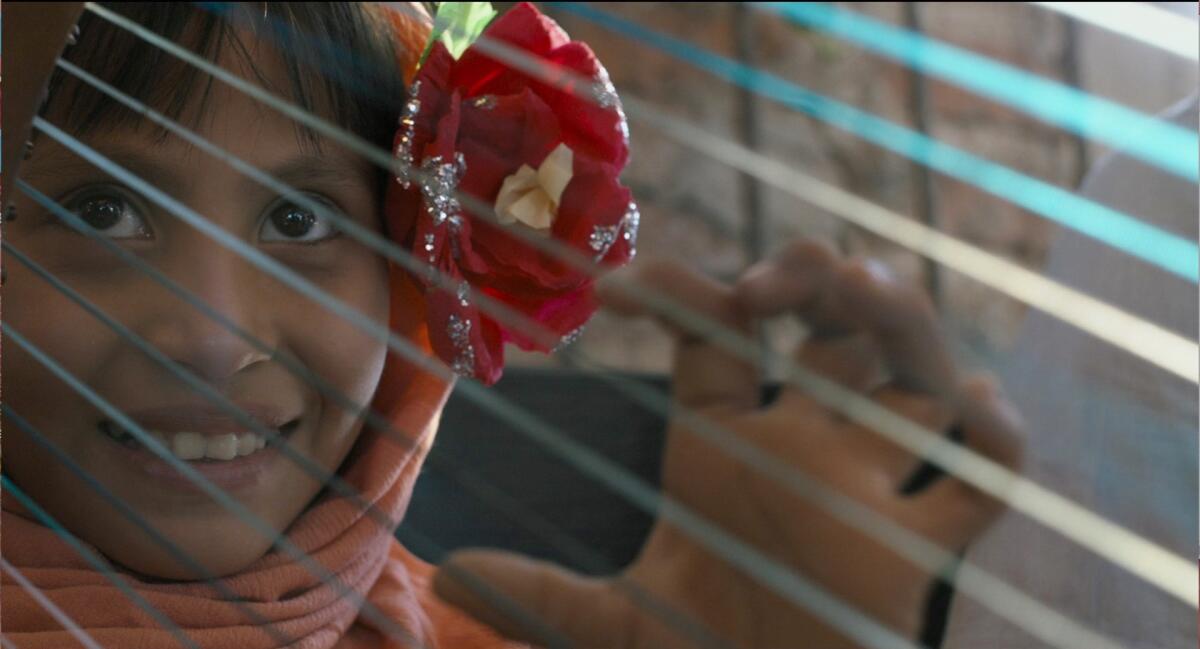
This week, ‘The Crown’ returns, George Varga chats with Jewel and more
Good morning, and welcome to the U-T Arts & Culture Newsletter.
I’m David L. Coddon, and here’s your guide to all things essential in San Diego’s arts and culture this week.
Less than a week after America elected the first woman — and a woman of color at that — to the vice presidency, the work of other women breaking the glass ceiling will be showcased thanks to the Liberty Station-based Women’s Museum of California. The second Women’s Film Festival San Diego (WFFSD) begins tomorrow, virtually, with 23 offerings from woman filmmakers screening through Sunday.
“It’s a boutique, very focused festival with a purpose,” said Felicia Shaw, executive director of the Women’s Museum of California. That focus, she said, “is on women as filmmakers who want to tell a story.”
Shaw emphasizes that while some of the films’ themes lean on issues especially pertinent to women, the festival “transcends the ‘women’s film’ category,” emphasizing instead “filmmakers who happen to be women.”
“We want to give women an opportunity to make films. This platform is so crowded right now. Can we carve out just a little real estate for them?”
The nearly two dozen festival films were curated from among over 300 submissions and include short documentaries and one animated work. Shaw was particularly drawn, she said, to filmmaker Ana Laura Calderon’s “Mezquite’s Heart,” which tells the story of a young girl who dreams of playing the harp, in her culture the domain of men.
“It combines,” Shaw said, “into this one small film so many opportunities for people to go on an adventure. You get to understand what the life of an indigenous girl in Mexico might be like. The film addresses all the ways women are marginalized, even down to the instrument they get to play.”
A festival pass to view all but one of the films (tickets for “The Fight” are sold separately) is $25.
Visual art
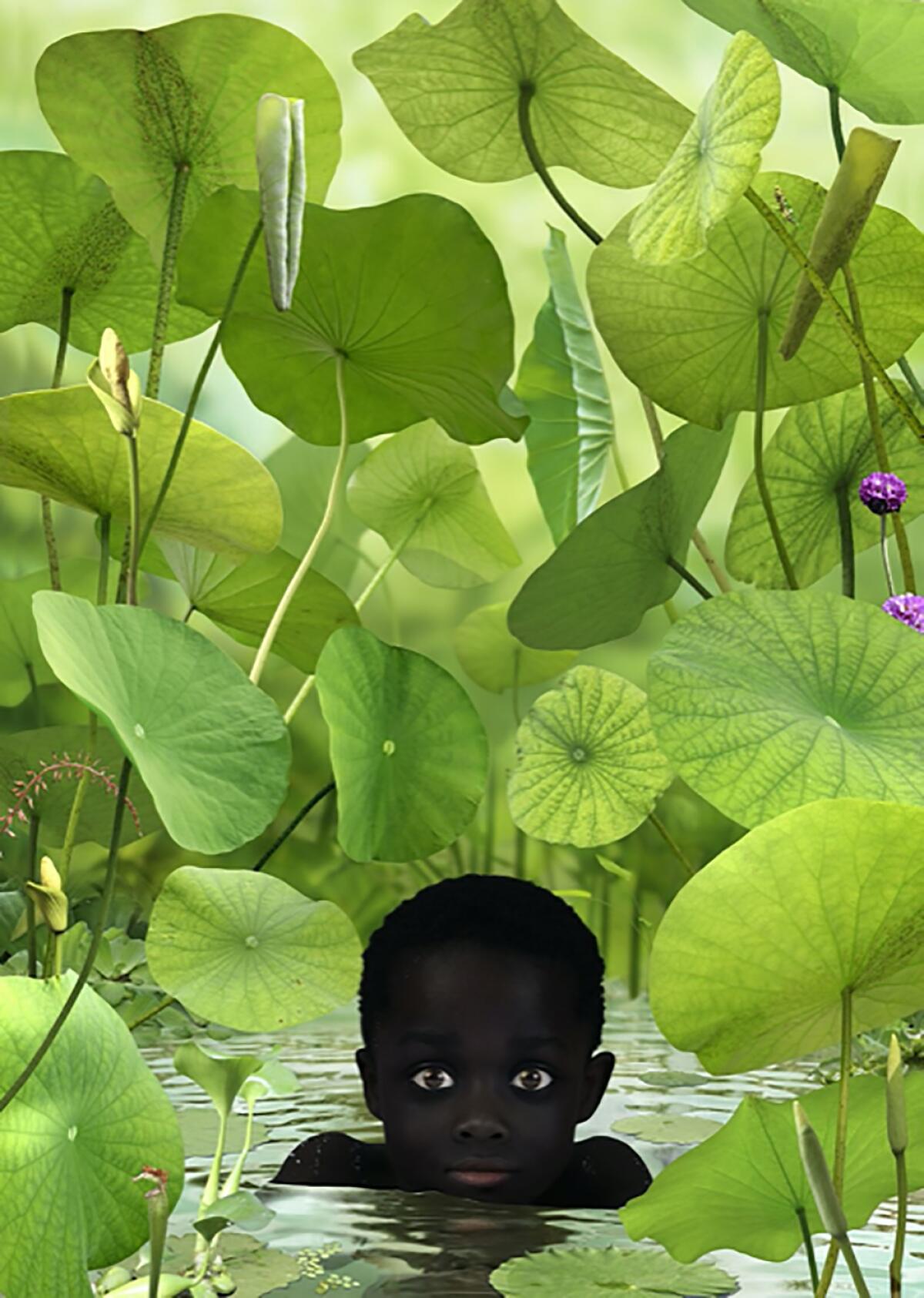
Imagine the task San Diego Museum of Art assistant curator Cory Woodall faced when sifting through the more-than-1,400 photographic works belonging to area collectors Cam and Wanda Garner. Ultimately for the exhibition “Masters of Photography: The Garner Collection,” which opens tomorrow at the SDMA in Balboa Park, “We narrowed it down to 150 (photographs) or so of the best of the best,” said Woodall. “Luckily, Mr. Garner has his own collection steward who was able to make some suggestions as to the true highlights.”
This is a sweeping show organized into three thematic sections: “Reflections on Nature,” which includes work by Ansel Adams; “Things As They Are,” which boasts, among other notable photographers, images by Margaret Bourke-White; and “Manipulating Reality,” which includes both abstract and allegorical photos.
The earliest photograph in the exhibition dates back to 1900; the most recent, from 2018.
Editor’s note: Due to San Diego County falling into the purple tier, the museum has posted this on its website: “Following guidelines set forth by the State of California, the museum will be closed starting Saturday, Nov. 14. Stay connected through virtual SDMA.”
Streaming
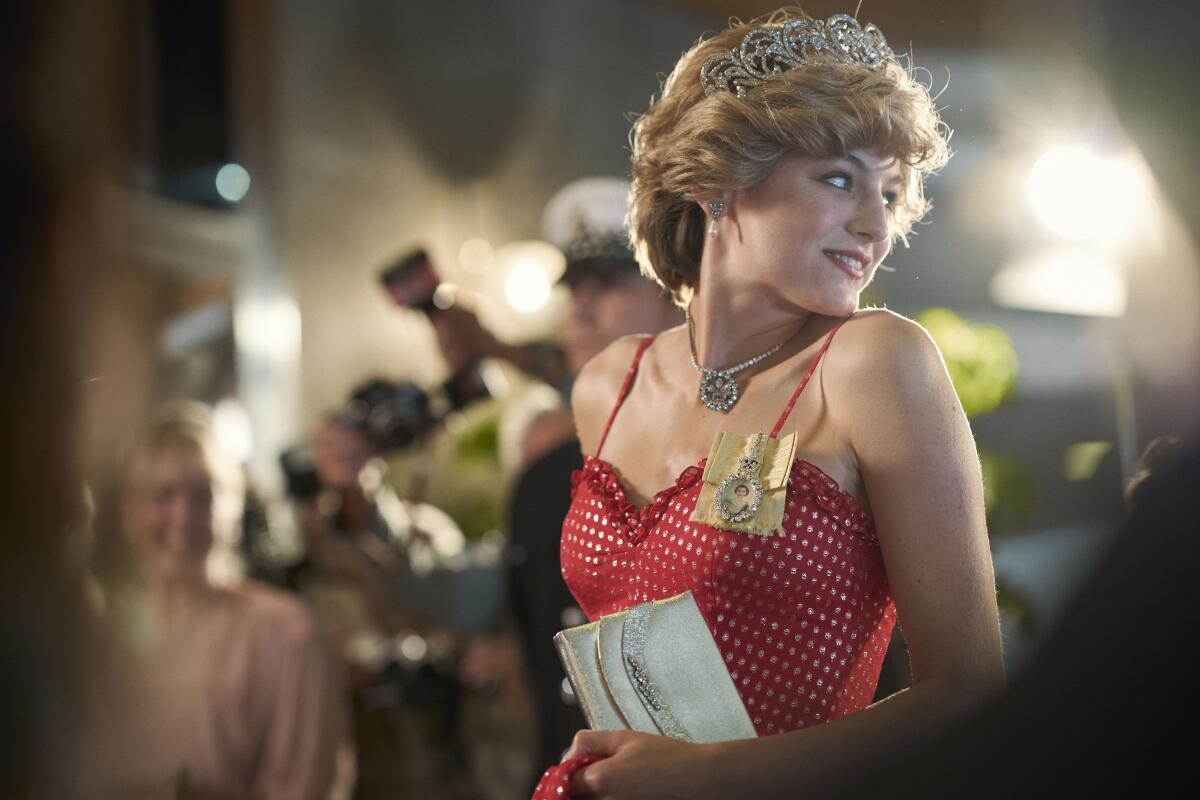
On Sunday, the deservedly popular drama “The Crown” returns to Netflix for its fourth royal season. You might think that virtually visiting the British Museum, which is currently closed as part of the UK’s recent COVID-related lockdown, would be a jolly good way to gear up for the grandeur and history of the show.
If only.
Just as I pointed out recently in this newsletter about the famed Louvre in Paris, London’s British Museum doesn’t offer anything especially enticing to internet-surfing viewers. Its “Explore the British Museum From Home” page lets you choose from ho-hum features like click-and-view glimpses of the galleries and artists’ collections, which you could probably have accessed before the lockdown. Audio tours of the galleries just can’t simulate the experience of being at what is often called “The World’s Museum,” either.
For most satisfying results, go to the museum’s YouTube channel where its “Curator’s Corner” segments are educational and quite proper, of course. I learned more than I ever wanted to know about archaeologist Henrich Schliemann by watching curator Lesley Fitton’s “Excavating Troy.” The graphics and illustrations helped.
Music

San Diego brought singer-songwriter Jewel homelessness, followed by fame, fortune and much more. Her 25-year-old debut album is now being released as a 4-CD box set. The Union-Tribune’s George Varga talked to Jewel as she reflects on her 1995 debut album, which sold 12 million copies and changed her life. Read more here.
Streaming, Part II
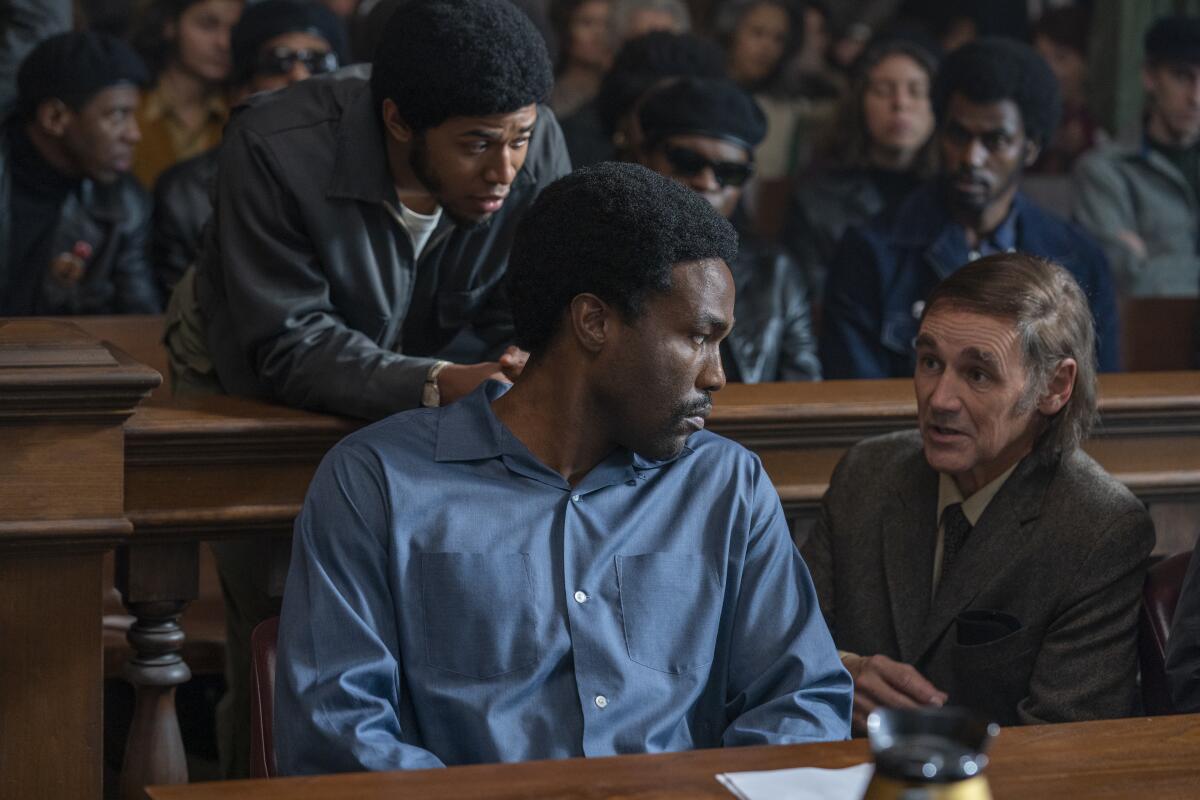
You think this has been a turbulent political year? Try 1968 on for size. The whole world was indeed watching when violence erupted between antiwar demonstrators and police during the Democratic National Convention in Chicago. In its bloody aftermath would come the trial of seven defendants, among them Abbie Hoffman, Tom Hayden and Jerry Rubin. (Black Panther co-founder Bobby Seale was originally among the defendants, but a mistrial was declared in his case.)
None of my mini-history lesson does justice to the drama and gravity of the arrests and trial, but the Netflix film “The Trial of the Chicago 7,” absolutely does.
Written and directed by Aaron Sorkin, it’s somewhat heavy-handed in the Aaron Sorkin manner, but the real footage from outside the convention in ’68 is explosive, and the ensemble cast is first rate. For one, Sacha Baron Cohen demonstrates acting chops way beyond Borat as Abbie Hoffmann. Oscar winner (for “The Theory of Everything”) Eddie Redmayne shines as Tom Hayden, as does Mark Rylance, portraying feisty defense attorney William Kunstler. Michael Keaton, too, makes the most of a smaller role (as onetime Attorney General Ramsey Clark).
UCTV

University of California Television (UCTV) is making a host of videos available on its website during this period of social distancing. Among them, with descriptions courtesy of UCTV (text written by UCTV staff):
“Faure’s ‘Requiem’”: The requiem is a popular form among composers, and celebrated practitioners of the genre include Mozart, Verdi, Brahms, Berlioz and Britten. Unlike those of his fellow composers, Gabriel Fauré’s “Requiem” contains no high drama, no thundering crescendos, no rallying cries to the deceased. Rather, it’s a gentle work, more of a meditation on mortality than an exhortation. It contains most of the form’s familiar elements, including mixed chorus and soloists, but they are employed in service of an effect that is uniquely Fauré’s own. The final section, “In Paradisum,” is familiar from its use in films, television programs, and commercials.
“Testing … Testing: Responding to the COVID-19 Pandemic”: Viruses are everywhere, and occasionally they make their presence felt in dramatic fashion. The COVID-19 pandemic has had a profound impact on communities worldwide and the need for control strategies is paramount. UCSB virologist Carolina Arias describes how molecular biology, virology, lessons learned from previous outbreaks, and above all, testing, are essential for understanding transmission of the novel coronavirus and thereby checking its spread. To be effective, tests must be widely accessible, and to that end, scientists are developing a battery-operated portable test that may be operated everywhere, with sensitivity equal to conventional tests.
“Planetary Defense”: Our planet is continually bombarded by asteroids, and popular media is replete with tales of strikes that rival real-life impacts like the Chicxulub meteorite that wiped out the dinosaurs. There are fewer impacts today, but many potential threats by Near-Earth Objects remain and we must be prepared for the eventuality — some say the inevitability — of a major strike. Scientists at Lawrence Livermore Laboratory are developing computer simulations of various scenarios to better prepare us if an asteroid is on a collision course with Earth, and to aid in planning mitigation or avoidance.
And finally: Arts in the Time of COVID
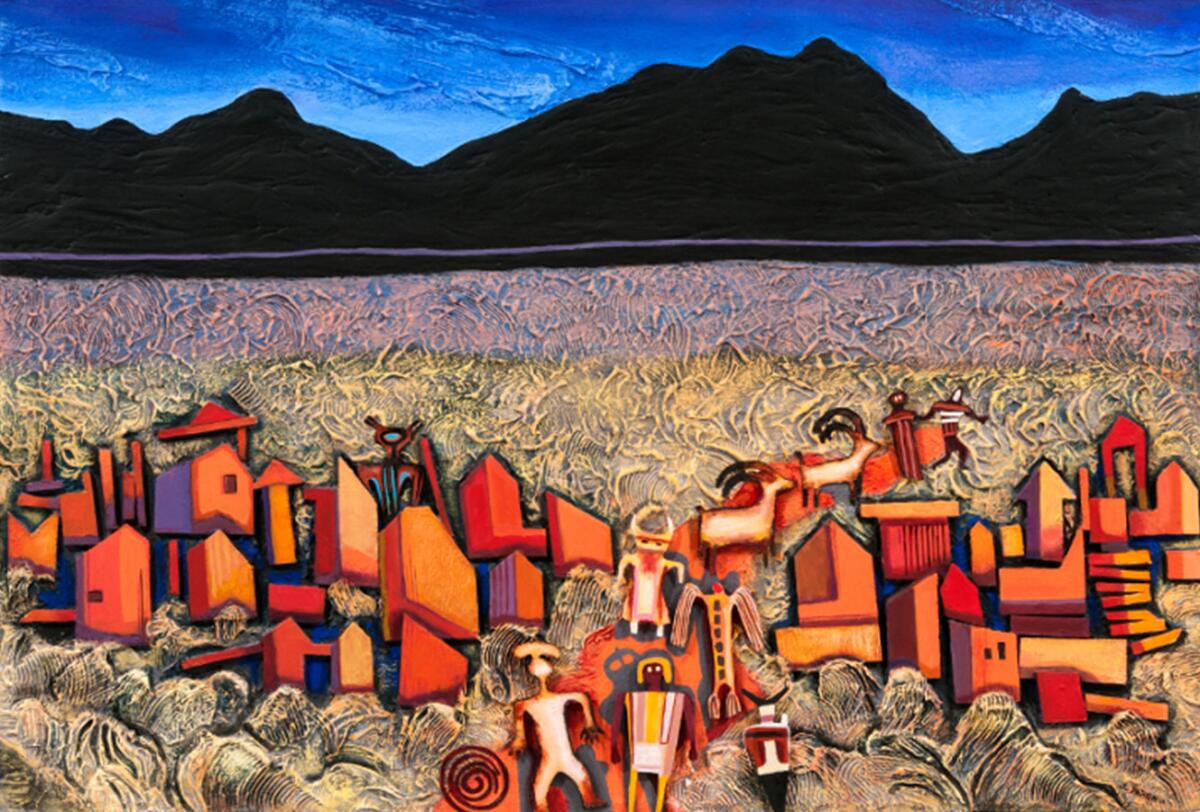
In this week’s edition of Arts in the Time of COVID, Pacific magazine editor-in-chief Nina Garin talks about EC Galleries’ celebration of Native American Heritage Month, the Mesa College Drive-In: An Outdoor Art Exhibition (above) and the Klezmer Summit at San Diego Rep. Watch the video here.
Get U-T Arts & Culture on Thursdays
A San Diego insider’s look at what talented artists are bringing to the stage, screen, galleries and more.
You may occasionally receive promotional content from the San Diego Union-Tribune.